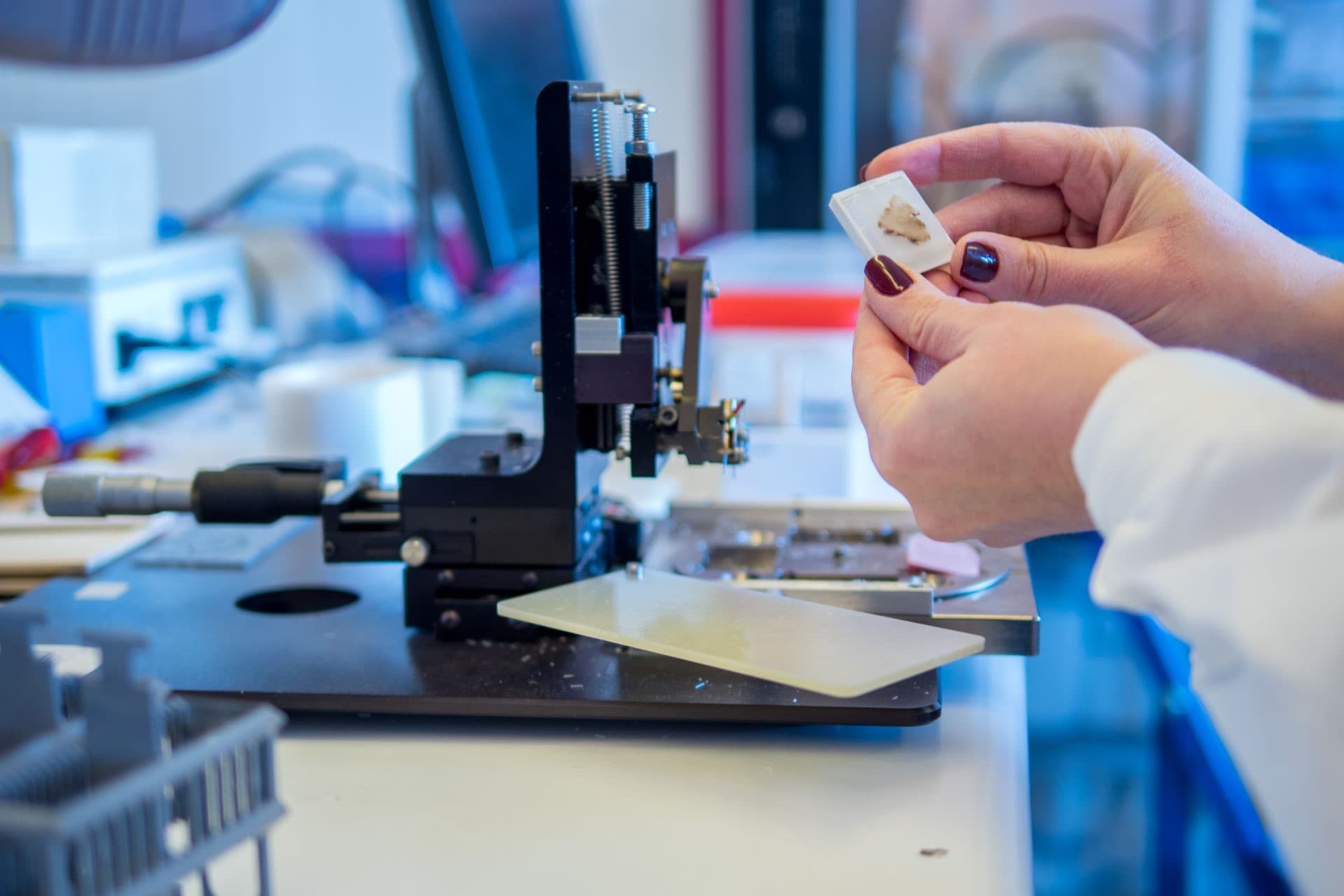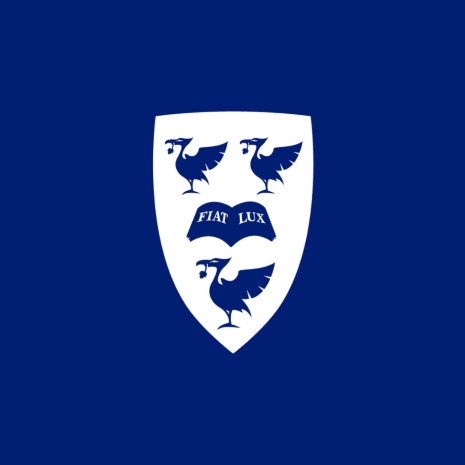Spatial Profiling Lab
Enabling insights through spatial transcriptomics and spatial proteomics technologies

Spatial Profiling, also known as ‘spatially resolved transcriptomics’, was voted Nature’s method of the year in 2020 due to the versatility of the technology to address many research questions across a wide variety of areas – Oncology, Neuroscience, Infectious Disease, Inflammation and Immunity.
Spatial profiling uses a combination of immunofluorescence microscopy and next-generation sequencing to quantify gene and/or protein expression in distinct areas of your tissue.
Within the facility we currently use Nanostring’s GeoMx Digital Spatial Profiler. This instrument enables users to:
The equipment we offer includes:

Back to: Research
Please email us on nanostring@liverpool.ac.uk to discuss your research and receive 1:1 project planning advice.
If you require additional support for sample preparation please email biobanking@liverpool.ac.uk.

Spatial Profiling Lab Manager and Liverpool University Biobank Scientific Lead